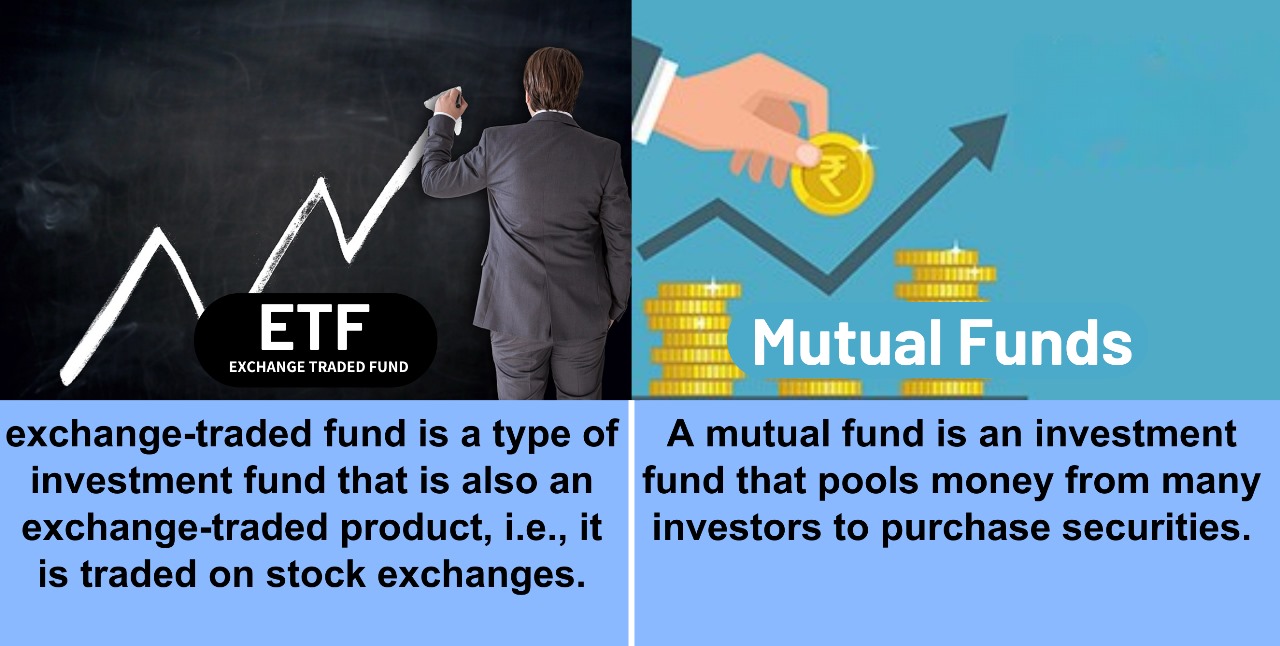SPECULATIVE PORTFOLIO

SPECULATIVE PORTFOLIO
For investors with a high tolerance for risk and a desire for substantial returns, a speculative portfolio can be an exciting venture. This blog will delve into the essentials of building a speculative portfolio, key strategies, and the types of investments that can offer significant growth potential.
1. Understanding Speculative Portfolios
A speculative portfolio is focused on high-risk investments that have the potential for substantial returns. This approach is suitable for investors who can withstand significant volatility and potential losses.
Key Characteristics:
- High Risk, High Reward: Investments with the potential for significant gains, but also substantial losses.
- Volatility: Expect considerable fluctuations in investment value.
- Active Management: Requires close monitoring and timely decision-making.
2. Defining Your Investment Goals
Risk Tolerance: Assess your willingness and ability to endure significant market swings and potential losses. Time Horizon: Typically longer-term, allowing time for high-risk investments to potentially pay off. Financial Goals: Clearly define your objectives, such as aggressive capital growth or exploring new investment opportunities.
3. Asset Allocation for a Speculative Portfolio
Equities: Focus on high-growth stocks, small-cap stocks, and emerging markets. Alternative Investments: Consider cryptocurrencies, venture capital, private equity, and commodities. Leverage: Use of margin or options to amplify returns (and risks). Sector and Thematic Investing: Concentrate on sectors with high growth potential like technology, biotech, and renewable energy.
4. Selecting Speculative Investments
High-Growth Stocks: Companies with strong revenue growth, innovative products, and expanding market share. Emerging Markets: Investments in developing economies with rapid growth potential. Cryptocurrencies: Digital assets with high volatility but potential for significant appreciation. Startups and Private Equity: Investing in early-stage companies with disruptive potential. Commodities: Investing in raw materials like gold, silver, and oil which can be highly speculative.
5. Risk Management Strategies
Diversification: Spread investments across different asset classes and sectors to mitigate risk. Position Sizing: Limit exposure to any single investment to avoid catastrophic losses. Stop-Loss Orders: Set predefined levels to sell investments and limit losses. Regular Review: Frequently review and adjust the portfolio to respond to market changes.
6. Case Studies: Sample Speculative Portfolios
Tech-Focused Portfolio:
- High-Growth Tech Stocks: Companies like Tesla, Amazon, and smaller tech firms.
- Cryptocurrencies: Bitcoin, Ethereum, and altcoins.
- Tech ETFs: Funds focusing on technology innovation.
Biotech and Healthcare Portfolio:
- Biotech Stocks: Companies developing cutting-edge medical technologies and treatments.
- Pharmaceutical Stocks: Firms with promising drug pipelines.
- Healthcare ETFs: Funds focusing on biotech and healthcare innovation.
Emerging Markets Portfolio:
- Emerging Market Stocks: Companies in developing countries like China, India, and Brazil.
- Emerging Market ETFs: Funds focusing on high-growth emerging economies.
- Commodities: Investments in natural resources abundant in emerging markets.
7. Tools and Resources
- Investment Platforms: Use platforms like Robinhood, E*TRADE, and Interactive Brokers for speculative trading.
- Financial News and Analysis: Stay updated with Bloomberg, CNBC, and Financial Times.
- Research Tools: Use resources like Seeking Alpha, Morningstar, and Yahoo Finance for in-depth analysis.
- Community and Forums: Engage with communities on Reddit, StockTwits, and Twitter for insights and discussions.
Conclusion
Building a speculative portfolio can be a thrilling yet challenging endeavor. It requires a high tolerance for risk, active management, and a keen eye for potential growth opportunities. By understanding your goals, selecting the right investments, and employing robust risk management strategies, you can navigate the high-stakes world of speculative investing.








